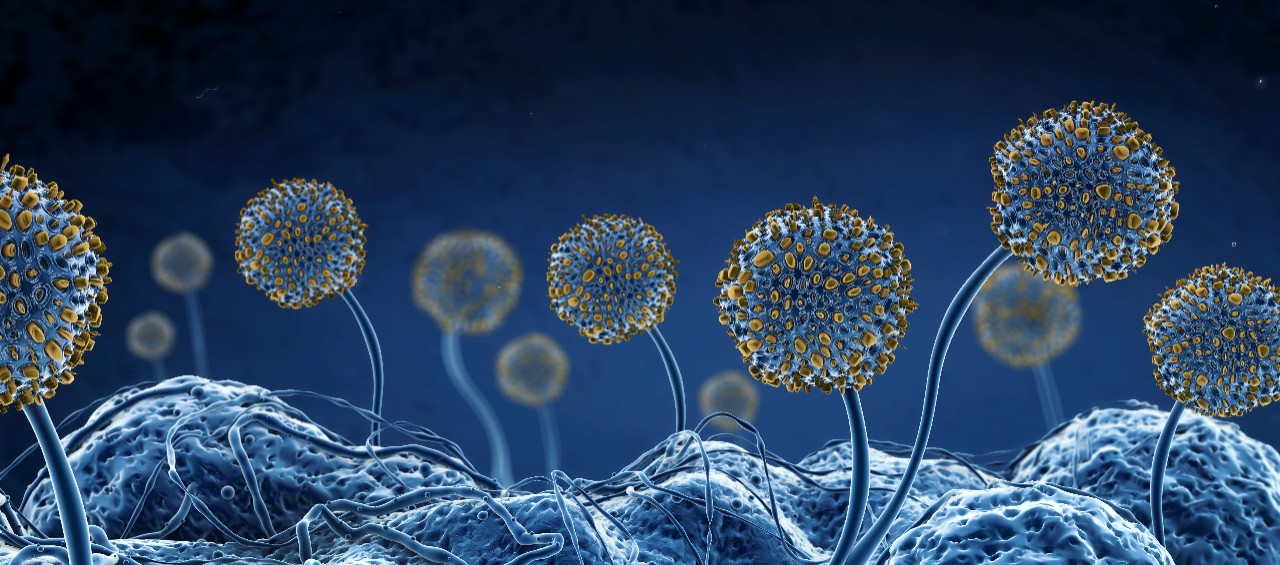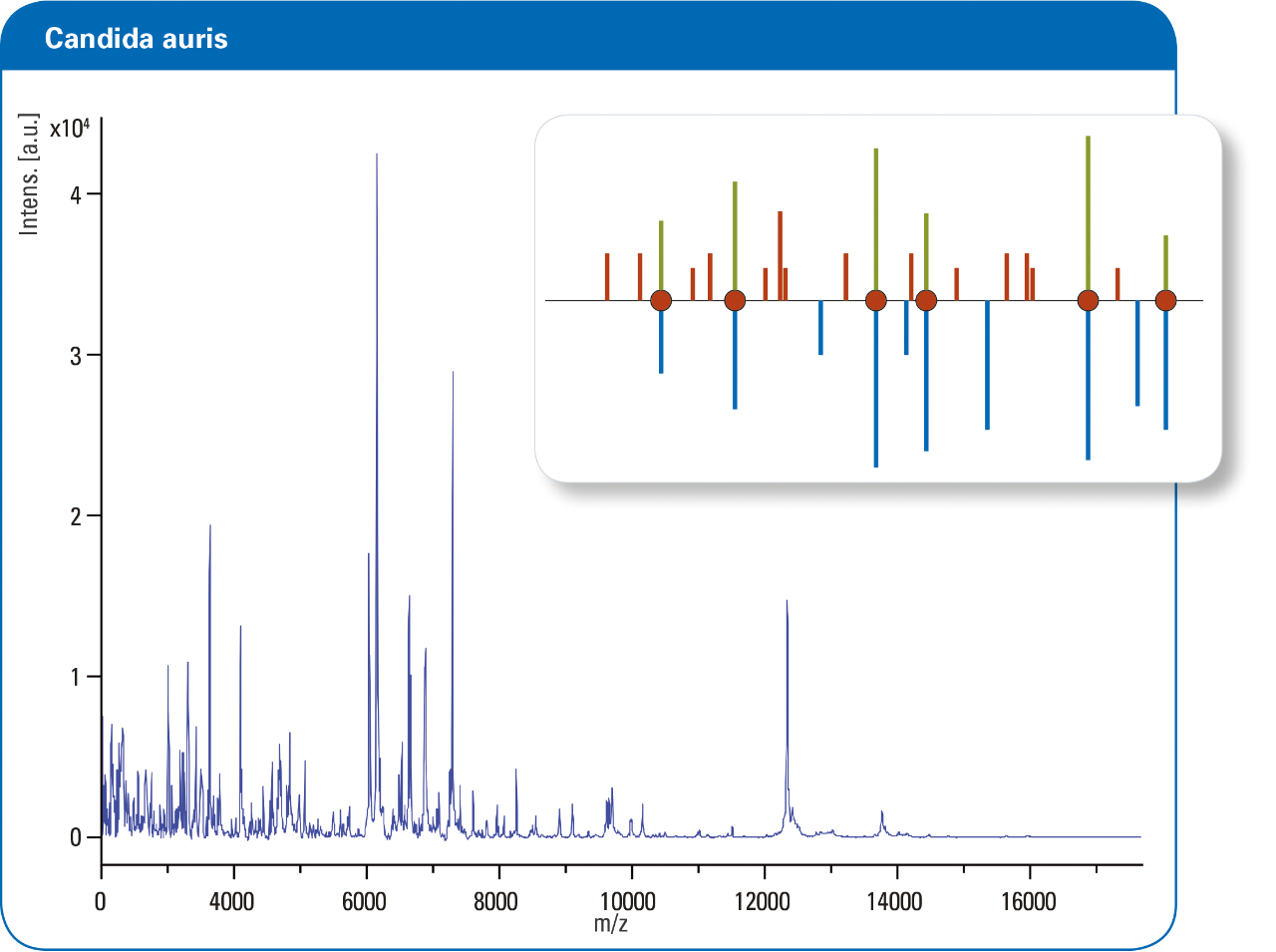MBT Filamentous Fungi Suite
Punti salienti
MALDI Biotyper® - high differentiation power for filamentous fungi identification (RUO)
The MALDI Biotyper®(MBT) has changed the way that microbial identification is performed. The speed, accuracy, ease-of-use and cost efficiency of the system is why customers worldwide have acknowledged the MBT as the state-of-the-art rapid microbiology method for the identification of microorganisms. The MBT Filamentous Fungi Suite has been created to enable quick identification of challenging filamentous fungi.
The filamentous fungi challenge
The identification of molds and multicellular fungi is one of the most challenging aspects of microbiology.
Also state-of-the-art MALDI-TOF techniques are challenged by effects of fungal culture conditions, influencing the growth of different cell types, which may lead to different mass spectra.
MBT Filamentous Fungi Suite
Bruker has developed a standardized cultivation method for the creation of reproducible reference spectra for for filamentous fungi.
一个专门的MBT丝状真菌套房,拥抱a software module and a specific reference spectrum library, is available to facilitate the identification of this group of microorganisms. The MBT Filamentous Fungi Library has recently been updated to version 4.0 (2021), covering 247 species / species groups. Additionally 27 strains can be identified at genus level. A variety of fungal species has been added with the aim to continually extend the library, by cooperating with laboratories worldwide to identify new species.
Through a standard sample preparation procedure, thorough results can be obtained. The MALDI Biotyper®is the solution for laboratories in need of a highly reliable and fast method for fungi identification.
Caratteristiche
Solid vs liquid medium
Culture conditions for filamentous fungi can influence the mass spectrum, so Bruker has created the MBT Filamentous Fungi Library from a liquid-based cultivation method, to mitigate these effects.
For identification purposes, if a solid medium has been used and the front mycelium is clearly visible and can be harvested, it is possible to sample directly from the agar and start with the simple direct transfer method.
To facilitate the growth and sampling of filamentous fungi for MALDI-TOF MS identification, a new solid medium called Id-Fungi Plates™ (Conidia, France) can shorten the identification workflow by reducing the incubation time and preventing growth into the agar by a membrane deposited on the agar surface.
However, in cases where direct harvesting still is difficult, the liquid cultivation method can be used as an alternative for reliable species identification.
Custom libraries
Using the standardized liquid cultivation method prevents the germination process and the formation of spores, which, in turn, permits the creation of reproducible library entries.
Laboratories wanting to create their own library entries can make use of the optional MBT Explorer®Software Module to compile, share and export customized libraries.
For Research Use Only. Not for use in clinical diagnostic procedures.
Please contact your local representative for availability in your country.





